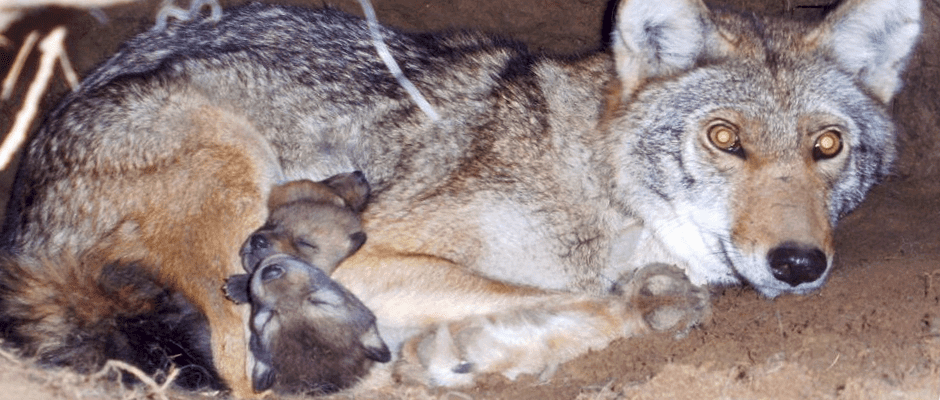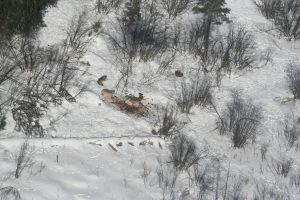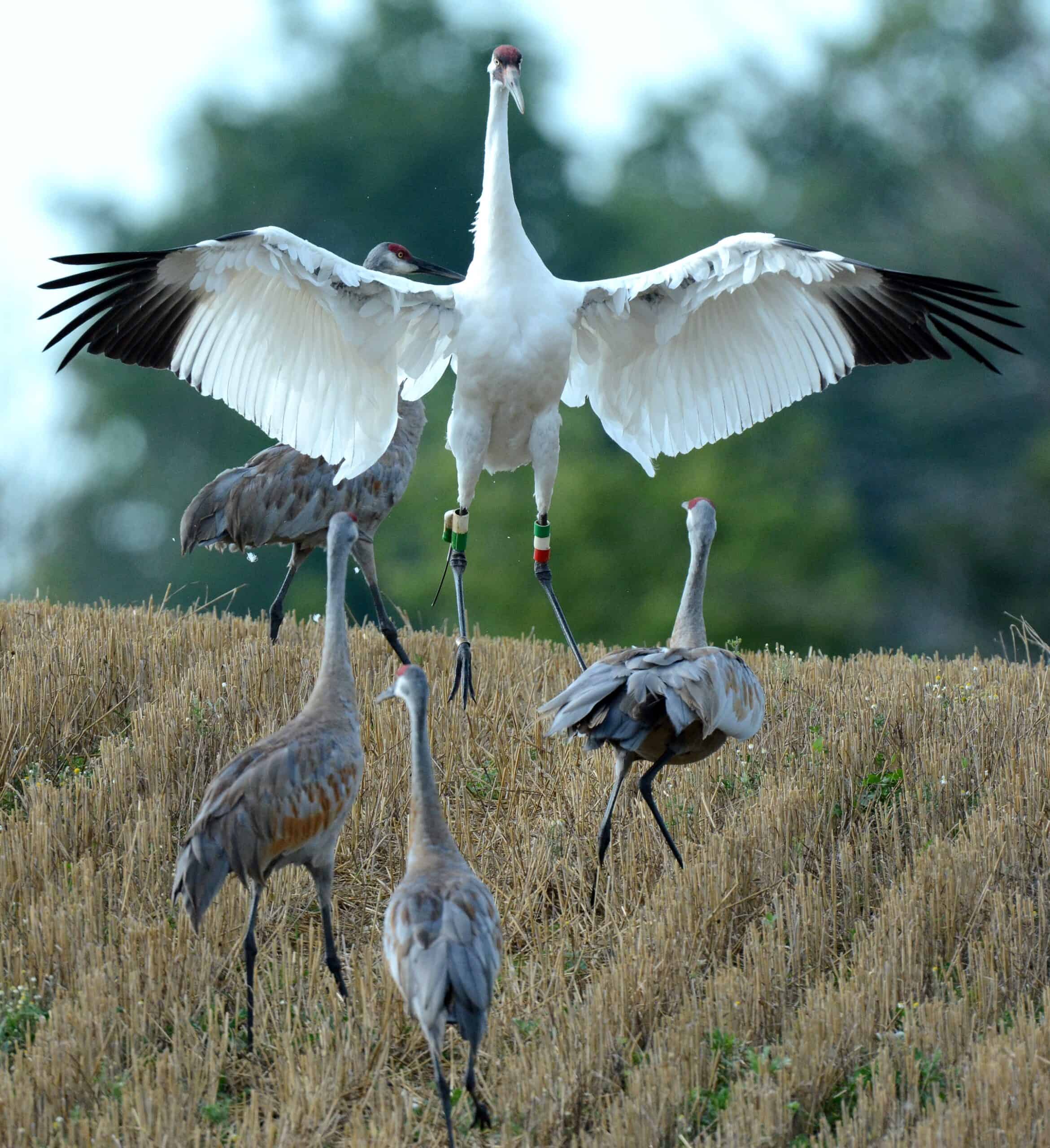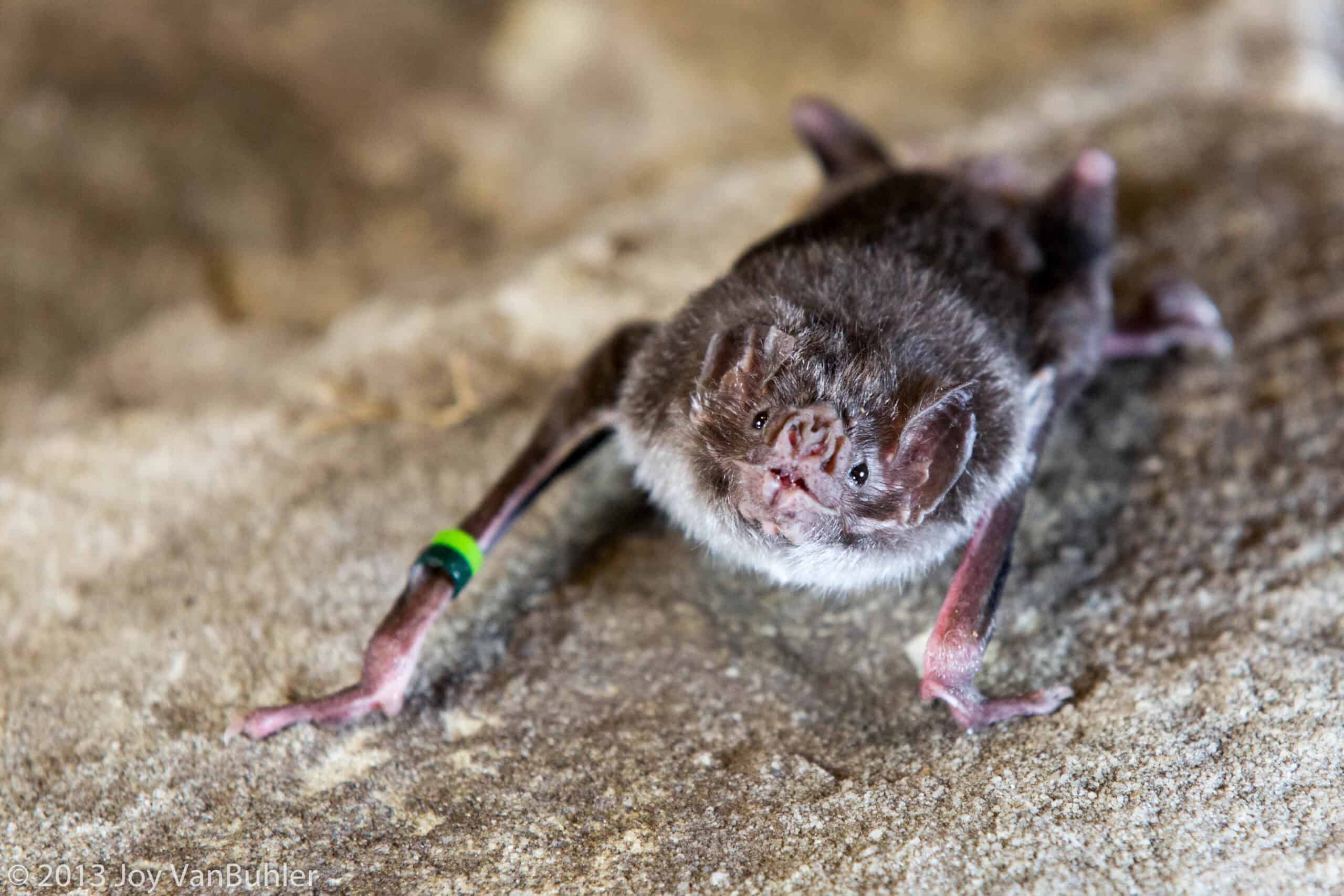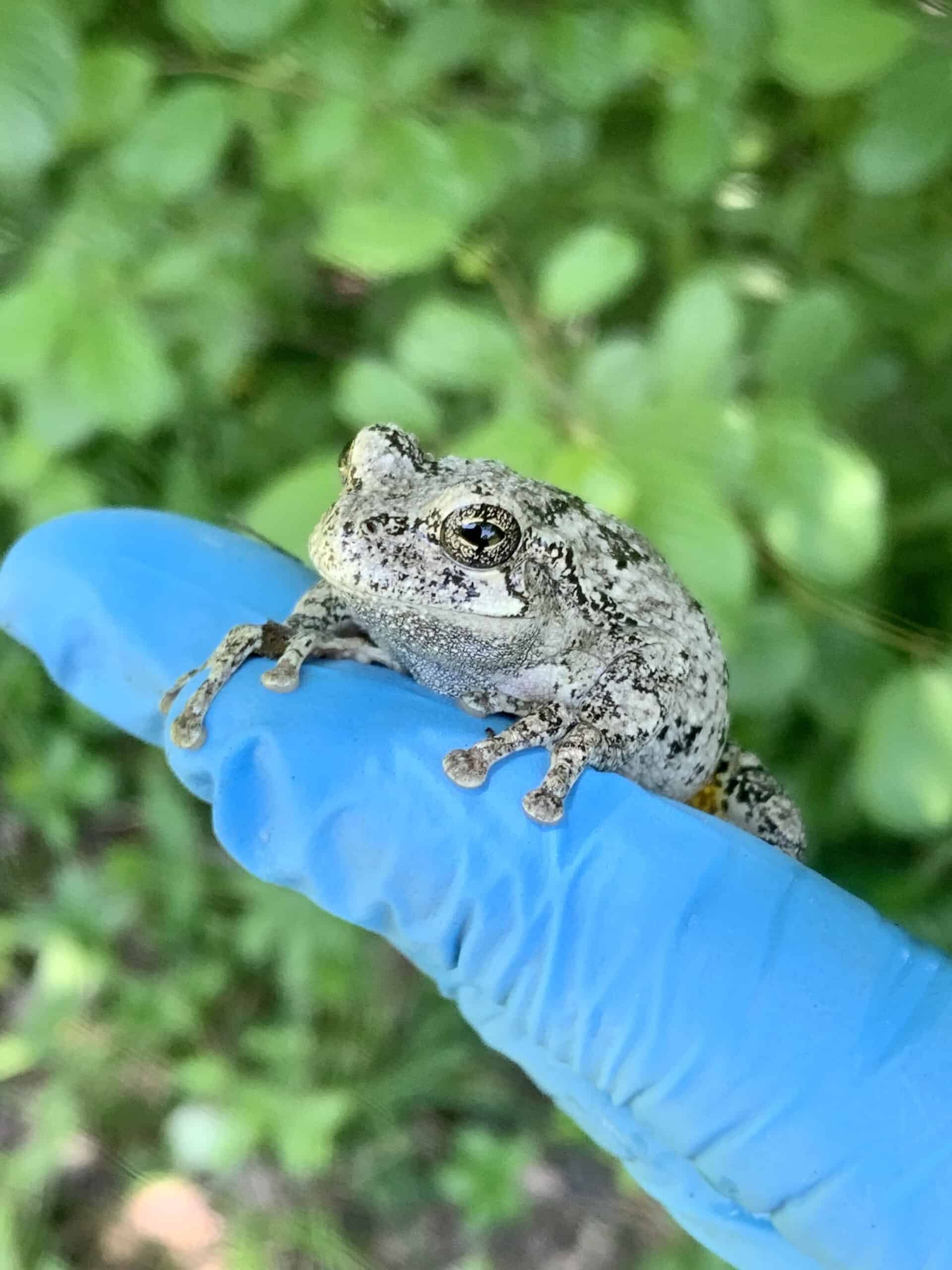Share this article
Wolves and coyotes play different ecosystem roles
While eastern coyote populations are abundant in Ontario, researchers recently found the canids play a different role than wolves in predator-prey interactions.
Ontario is one of only a few areas where wolves, coyotes and hybrids of the two live side-by-side but they also exhibit territoriality with one another, according to John Benson, an assistant professor at the University of Nebraska-Lincoln and the lead author of the recent study published in Ecological Applications. “We were looking at hybridization of wolves and coyotes and the ecology of both species, and as part of that, we needed to understand predator-prey dynamics,” said Benson, a TWS member.
In the study, Benson and his colleagues investigated whether eastern coyotes (Canis latrans) — which are larger than western coyotes — kill large prey as eastern wolves (C. lycaon) do. Large prey consisted of moose and deer in this study system.
The researchers first caught wolves, coyotes and hybrids and fitted them with GPS collars. During the winter from December 2005 to the end of March 2010, the team examined the GPS data as it came in to determine where wolves and coyotes were spending their time. They then put on their snowshoes or got on snowmobiles to investigate what the animals were up to.
“Sometimes they were just kind of hanging out. Other times they were in beds in the snow resting. Sometimes it was not entirely clear what they were up to,” Benson said. “Every so often we came across kills of moose or deer.”
They recorded which species were consuming the kills and completed modeling to determine what factors, such as genetic ancestry, snow depth, prey availability, or pack size, may have influenced the prey selection.
The researchers found that wolves play a different ecological role than coyotes. Overall, they concluded that wolves require large prey to survive while coyotes kill large prey on occasion but don’t rely on it as consistently for their main food source. For instance, researchers found, some coyote packs ate garbage left by humans.
“Coyote packs are effective at killing deer and occasionally moose, but they don’t do it with the frequency that wolves do,” he said.
Given their more consistent and predictable predation on ungulates, wolves could have a more stabilizing influence on prey populations than coyotes, Benson said. That could be an important consideration for management when thinking about interactions between predators and white-tailed deer populations in North America, he said.
Header Image: An eastern coyote lies down with three of its pups. ©Rory Eckenswiller



